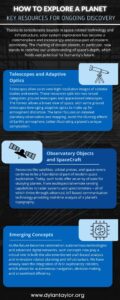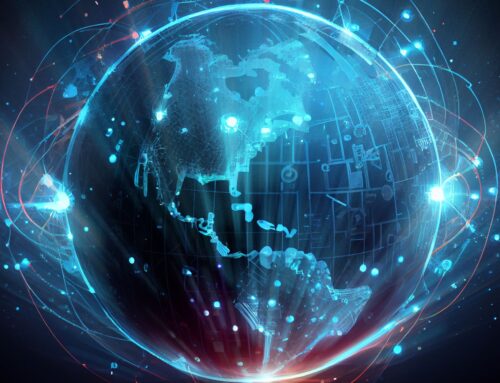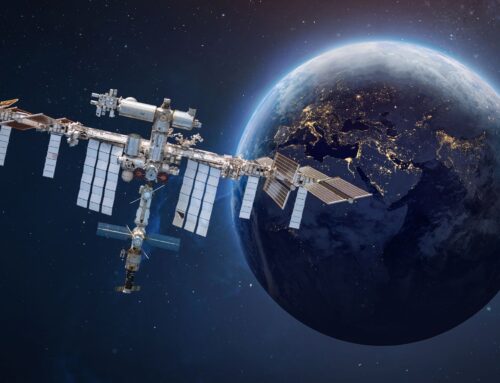Thanks to considerable bounds in space-related technology and infrastructure, solar system exploration has become a commonplace and increasingly ambitious part of modern astronomy. The charting of distant planets, in particular, now stands to redefine our understanding of space’s depth, which holds vast potential for humanity’s future.
In addition to traditional crewed flights, the process of planetary exploration boils down to a series of crucial technologies and resources offering unique benefits and capabilities to space initiatives. These include, but are not limited to:
Telescopes and Adaptive Optics
Perhaps the most emblematic form of space-related learning, telescopes and similar tools allow us to view high-resolution images of celestial bodies and events. These resources tend to split into two broad categories: ground telescopes and space-based telescopes. The former allows a broad view of space, with some ground telescopes leveraging adaptive optics to make up for atmospheric distortion – an inherent challenge of remote astronomical observation. The latter, however, has risen as a key asset to detailed planetary observation and mapping; they can fully avoid the blurring effects of Earth’s atmosphere, creating more seamless pathways for the wavelengths and better illustrating a planet’s unique composition. These capabilities shine through notable resources like the Hubble Space Telescope and the James Webb Space Telescope.
Observatory Objects and SpaceCraft
Resources like satellites, orbital probes, and space rovers continue to be a foundational part of modern space exploration. Today, such tools offer an array of uses for studying planets, from multispectral remote sensing capabilities to radar systems and spectrometers – all of which thrive through advanced, IoT-based communication technology providing real-time analysis of a planet’s topography. These initiatives expand to landers, multifaceted instruments designed for a closer examination of planetary composition, seismic activity, and other significant characteristics bolstering a stronger analysis.
Emergent Concepts
As the future becomes centered on autonomous technologies and advanced digital networks, such concepts now play a critical role in both the aforementioned craft-based analysis and in mission-related planning and infrastructure. We have already seen the integration of AI in exploratory robotics, which allows for autonomous navigation, decision-making, and streamlined efficiency. In turn, human-led collectives can better allocate time and resources to strengthening crewed missions, which includes everything from fine-tuning preparatory training and protocol to ensuring astronaut safety as missions venture further into deep space. This interdisciplinary approach will be paramount in our ongoing perception of our solar system and beyond – a timelessly relevant process yielding unfathomable implications on a global scale.







